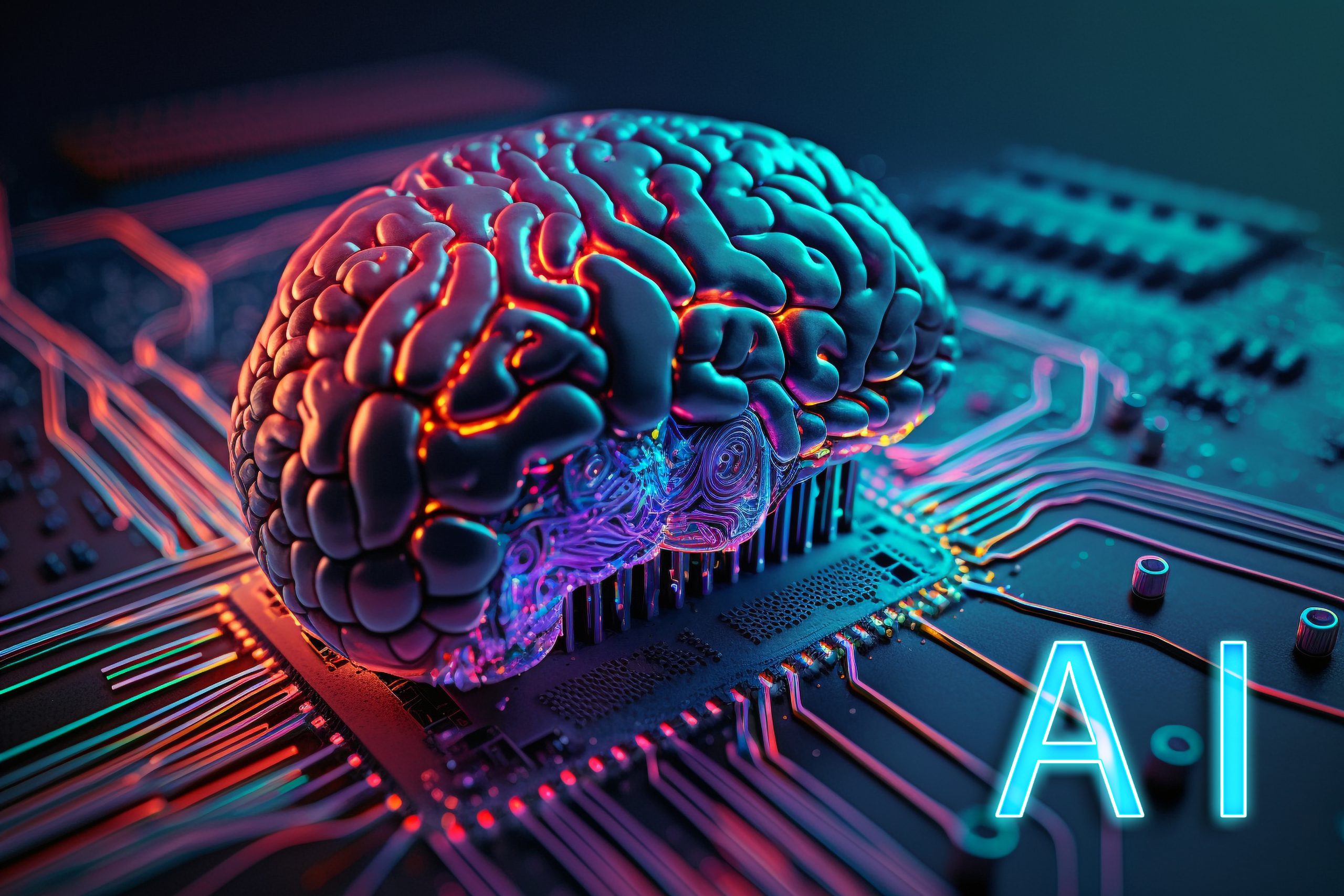
Look, if you've tried running Stable Diffusion locally, you know the pain. Three hours debugging why CUDA 11.7 won't play nice with PyTorch 1.13, only to get "RuntimeError: CUDA out of memory" right when you finally get something working. DreamStudio just puts it in a browser where it actually works without the bullshit.
The Credit System Reality Check
They don't tell you upfront that those 100 free credits vanish like they never existed. A single 512x512 image costs 0.1 credits, so you think "great, 1,000 images!" Then you try one 1024x1024 image with decent quality and it eats 0.8 credits. I burned through my entire free trial in 2 hours trying to get one fucking portrait right. Watched a buddy blow $75 in a single session because he didn't understand the SDXL cost multiplier.
The official pricing structure works out to roughly $0.01-0.10 per image depending on your settings. The latest API pricing updates show credit costs have actually increased. Compare that to Midjourney's $10/month plan and you start to see why users complain about DreamStudio's expensive pricing model.
High-resolution SDXL images will bankrupt you - 6-10 credits per image because "quality." At $10 per 1,000 credits, that's 60 cents per decent image. The newer SD3 models are worse - saw one charge 15 credits for a single 1024x1024 image. That's $1.50 per fucking picture.
What Actually Works Well
The interface doesn't crash every five minutes like Automatic1111 on a bad day. You get actual controls - CFG scale, sampling steps, different models - not Midjourney's "magic" bullshit where you pray it understands your prompt. When you need to nail specific parameters for a client project, DreamStudio delivers.
Inpainting works for fixing parts of images, and the img2img feature for transforming existing images is solid. The API works fine if you're building this into larger workflows.
Where It Falls Short
The credit system creates this constant anxiety where you're doing math before every click. Want to try 10 variations of a prompt? That's $5 evaporated in 3 minutes. I found myself screenshot-saving half-decent results because regenerating was too expensive.
There's zero community. You're working alone, which means no inspiration from seeing what others make.
Text rendering in images still sucks, just like every other AI image generator. And despite all those parameter controls, you'll still generate plenty of images that miss the mark completely.
The Honest Use Case Assessment

DreamStudio makes sense if you:
- Need occasional high-quality images without monthly subscriptions
- Require technical control over generation parameters
- Want to avoid the Discord workflow that Midjourney forces
- Need API access for business applications
Skip it if you're generating images regularly. The costs add up fast, and you'll probably be happier with a Midjourney subscription or running Stable Diffusion locally once you solve the setup headaches.
The case studies they cite are real - Mercado Libre did see better performance with AI-generated product images. But those are enterprise customers with dedicated budgets, not individual creators watching credit meters tick down.
Understanding how DreamStudio stacks up against the competition helps clarify when those credits are actually worth spending.



 Because it is garbage. Stable Diffusion sucks at text rendering, just like every other AI image generator except DALL-E 3. If you need readable text, use a different tool or add it in post-processing.
Because it is garbage. Stable Diffusion sucks at text rendering, just like every other AI image generator except DALL-E 3. If you need readable text, use a different tool or add it in post-processing.